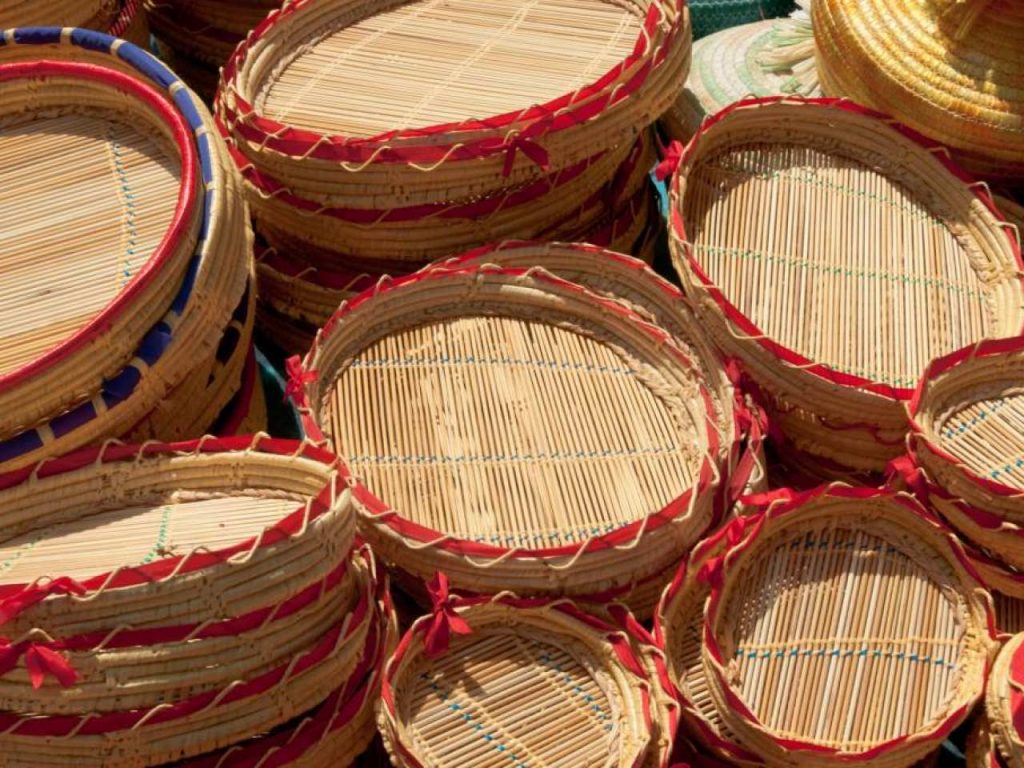Porto Corallo Bay and Quirra beach are the coastal gems of Villaputzu, a particularly fertile town due to its position north of the Flumendosa estuary, on a small sunny plain. Its surroundings are characterised by rocky hills with thick forests of oak, myrtle and strawberry, inhabited by peregrine falcons and rare griffon vultures. At Is Paulatzas, you can admire waterfalls until May amidst granite rocks and oleanders; inland you can visit the abandoned mines, while on the coast, to the north, is the Quirra lagoon which lies behind a long and isolated beach. The Quirra area is home to a major military base, which is why it has remained virtually uninhabited. Unspoilt nature lies behind the Quirra lagoon: the so-called Salto di Quirra, where ‘salto’ (jump) signifies uneducated, wild place. Quirra is the perfect beach for lovers of solitude and the lagoon permits sightings of flamingos, coots, herons, rare storks and other species of birds in their natural habitat.
WHAT TO SEE
Porto Corallo’s sandy beach is a short distance from the marina, dominated by the Spanish Tower – dating from the 16th century – and historic port where, since 1600, corals were gathered for about two centuries and minerals such as silver, lead, antimony, fluorite and barite were extracted from the Sarrabus and then loaded on ships. The first to settle in the fertile territory of Villaputzu were the proto-Sardinians in the village of Torre Murtas, who in the third millennium BC dug from the rock the complex of tombs at Domus de Janas di Is Angurtidorgius, also used in the Nuragic age. In the seventh century, the Phoenicians founded the settlement of Sàrcapos in the town of Santa Maria, of which the ruins of the acropolis-fort are visible on the hill. Villaputzu’s architectural jewel is located outside the town, beyond the cluster of houses at Quirra: at 83km of the old SS125 road is the beautiful and isolated church of San Nicola di Quirra. With its single nave, it is a rare and precious example of Romanesque architecture built entirely in red brick by the Pisans between 1200 and 1300. From the church is the panoramic hill on which the ruins of Quirra Castle stand, accessible by a marked route. The difficulty of the steep ascent, beginning with a paved path, is more than made up for by the beautiful view of the beach and sea. The castle was built by the Judges of Cagliari in the first half of 1200, occupied by the Pisans until 1324 and subsequently conquered by the Aragonese. Legend has it that the lady of the castle, the ‘greedy and murderous’ Donna Violante Carroz, died falling from the highest point of the castle after having supposedly hidden a golden loom in the bowels of the hill.
FOOD AND WINE
Villaputzu produces excellent citrus fruits such as oranges, mandarins, grapefruits, lemons and other fruit and vegetables. The sea and small-scale fishing provide delicious fish and shellfish; while goat, sucking pig and lamb meat come from the areas of higher land. The table always abounds with ravioli with ricotta and saffron or typical home-made dumplings called ‘malloreddus’, and traditional almond cakes using local honey. Craftsmanship from Villaputzu is versatile and produces rugs, bedspreads and table linens hand-woven using wooden looms, as well as ceramics, wicker baskets and mats.

